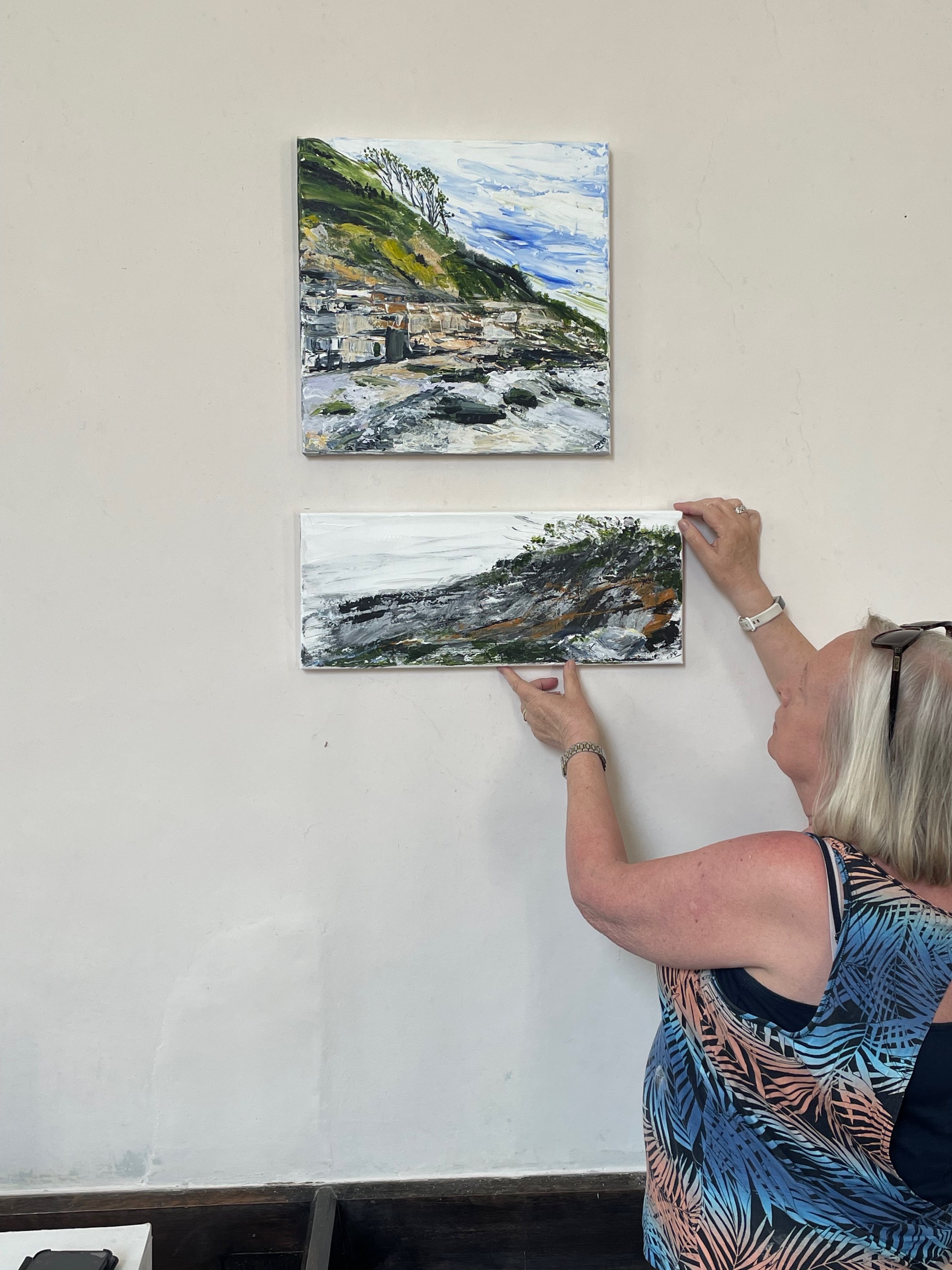The Origins of Art by Craig S Wright
- Sue

- Nov 24, 2021
- 2 min read
Updated: Jun 17, 2022
Everywhere we go, we find art. And not just hanging in galleries; it's on billboards, on the covers of books, internet memes, T-shirts – the list is endless. So it would seem that the human urge to create and enjoy art is wide-ranging and universal.
But why do we do it, and where did it originate?
Cave Paintings
When most people think of prehistoric art, they think of the Lascaux Cave Paintings in Southwestern France. First rediscovered in 1940, over 600 paintings, thought to date to from around 1500 BCE, adorn the walls of the extensive cave system.

The paintings depict animals that would have been familiar to the inhabitants who created them using a surprisingly complex set of mineral pigments. But why were they made?
Most anthropologists and historians theorise that the artwork is an account of past hunting success or perhaps a ritual to ask their gods to intervene in the success of future hunts. But it is equally likely that the urge for humans to express themselves via art is innate and something that we have always done. When given the materials, chimpanzees in captivity create art; we are not far removed from them in terms of evolution, so perhaps that is a clue.
Body Painting & Jewellery
There is evidence that human art developed long before the Lascaux paintings, in the form of body painting. Archeologists have discovered pigment pieces that date back 164,000 years selected based on the most vital red colours available. The only possible reason for this selection is thought to be for body painting, giving us a strong hint that humans were already expressing enjoyment of form and colour.
Relatively soon after this, archeologically speaking, objects have been discovered, such as pierced teeth, shells and beads, evidently strung together to form necklaces. Perhaps such items gave status to the wearer, or maybe, again, humans simply like these things.
By 77,000 years ago, humans were decorating external objects; art was no longer confined to the human body. Archeologists discovered a piece of an ochre block from this period in South Africa decorated with zigzag lines. Also, fragments of bone and flint from around 54,000 years ago have been unearthed patterned with nested curves and parallel lines.
Prehistoric Sculpture

However, these may not be the earliest forms of art. Pieces of volcanic tuff have been discovered that appear to have been sculpted into human-like figures sometime between 250,000 and 280,000 years ago. Sculpture, it seems, predates painting! The urge to produce this sort of art also appears innate. Many sculptors feel that they are releasing their work from the material with which they are working; a famous quote from Michelangelo reads, ‘I saw an angel in the marble and carved until I set him free.’
It seems that the origins of art, while we cannot accurately quantify them archeologically or historically, do have a firm psychological root. Humans need, on some level, to create or appreciate art.
So, the next time you create or enjoy a piece of art, it’s not just a distraction or a little hobby. You are fulfilling a basic human need that goes back to the very origins of our species.




Comments